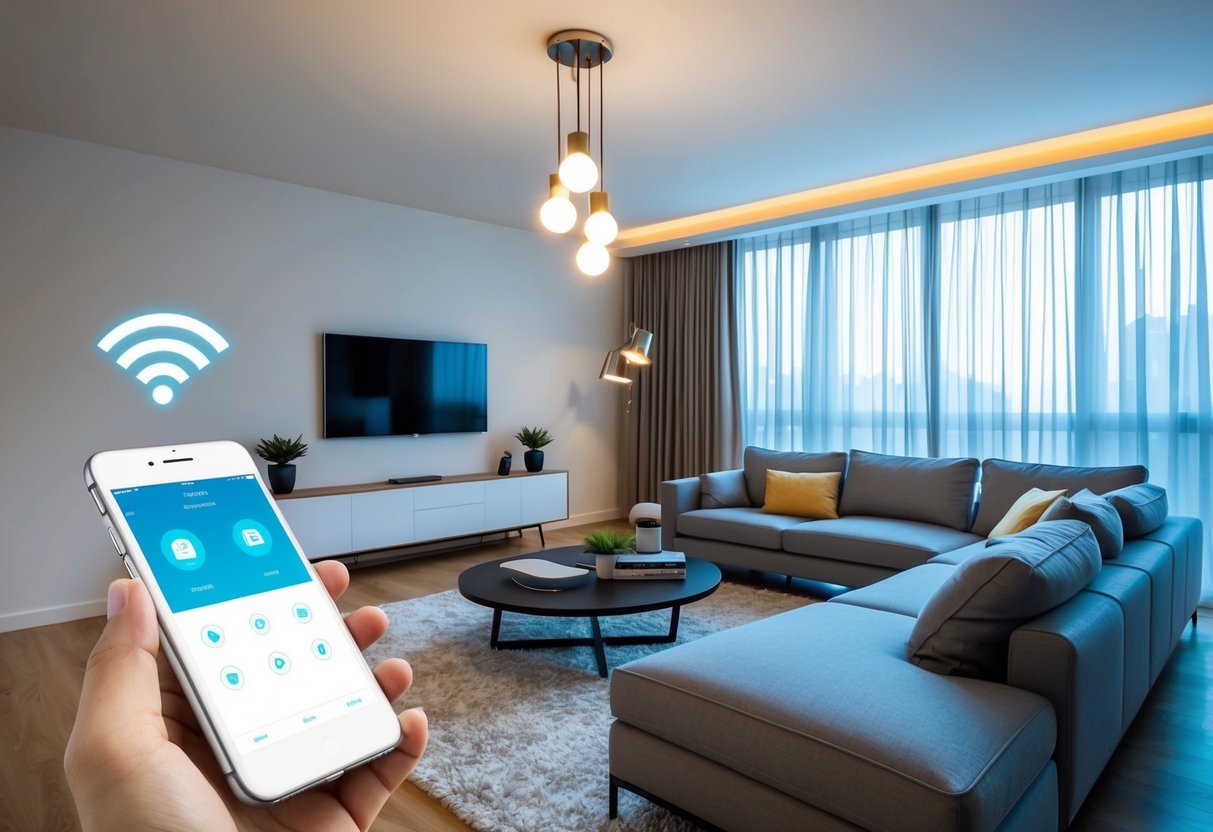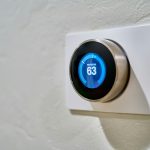Smart Home Upgrades: Reviewing the Best DIY Smart Light Systems for Every Home
Compatibility with Apple HomeKit and Other Assistants
Compatibility with Apple HomeKit offers users iOS-centered options for controlling their smart lighting systems. HomeKit supports seamless integration and can be accessed through the Home app on iPhones and iPads, offering a centralized platform for managing smart devices. Siri, Apple’s voice assistant, enables hands-free operation, adding another layer of convenience.
Additional compatibility includes working with other systems like Samsung SmartThings. This allows smart lights to be incorporated into broader smart home ecosystems, enhancing automation capabilities. Users benefit from being able to trigger lights based on other smart home activities, providing a cohesive and flexible home environment.
Smart Lighting Controls and Automation

Smart lighting systems have transformed how homes are illuminated, offering controls that optimize convenience and energy efficiency. Key features include setting up lighting schedules and integrating motion sensors that enhance security.
Setting Up Schedules and Routines
Homeowners can create specific lighting schedules using smart devices, ensuring lights are on when needed. Morning routines can involve lights gradually brightening to imitate sunrise—a soothing start to the day. Users can program lights to turn off at bedtime or have them shine brightly after sunset for visibility and security.
Various smart switches and applications allow easy adjustments for special events or daily needs. Vacation mode can simulate occupancy by randomly switching lights on and off, deterring potential intruders. Tailored schedules maximize comfort while minimizing energy consumption, making smart lighting a valuable addition to any modern home.
Using Motion Sensors and Security Features
Motion sensors add a significant layer of automation and security to smart lighting systems. These sensors activate lights upon detecting movement, ensuring rooms are lit only when occupied and conserving energy. They can cover various areas such as hallways, entry points, and garages, enhancing safety and reducing unnecessary energy use.
Integrating lighting with security cameras creates a comprehensive home security system. Motion-activated lighting can deter intruders when paired with cameras that capture footage. These security features, from smart sensors to lighting controls, enhance safety and convenience, making homes more secure and efficient. By utilizing this technology, homeowners can efficiently manage lighting and security simultaneously.
Expanding Your Smart Home Ecosystem
To truly enhance a smart home, integrating various smart devices like plugs, switches, thermostats, and sensors can offer increased control and connectivity options. These devices can transform any living space into a more efficient, responsive environment.
Adding Smart Plugs and Switches
Smart plugs and switches are the backbone of expanding a smart home ecosystem. They allow users to control traditional appliances remotely and schedule operations for maximizing energy efficiency. Smart Plugs are versatile, as they easily connect to a Wi-Fi network, allowing users to control devices via a smartphone app.
Meanwhile, smart switches replace existing wall switches and integrate seamlessly with home lighting systems. They are compatible with various smart home platforms, offering voice control and automation features. Smart switches reduce the need for multiple remotes by centralizing control through a single device.
Smart Power Strips are another valuable addition. They provide multiple outlets, allowing simultaneous control of several devices, ideal for home offices or entertainment centers. With these intelligent power strips, users can manage energy use down to each individual device, ultimately leading to potential savings on electricity bills.



